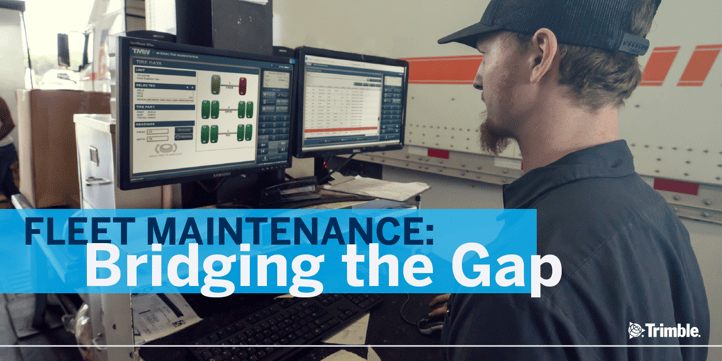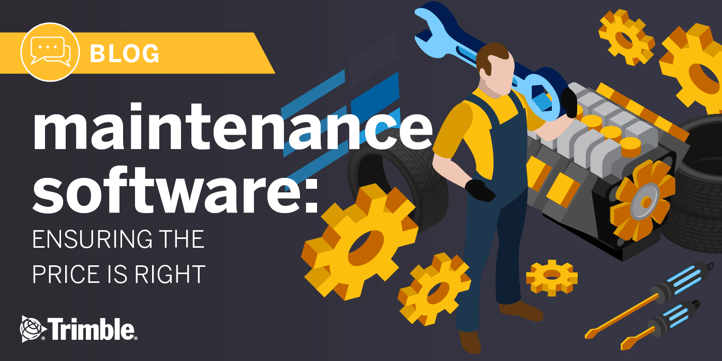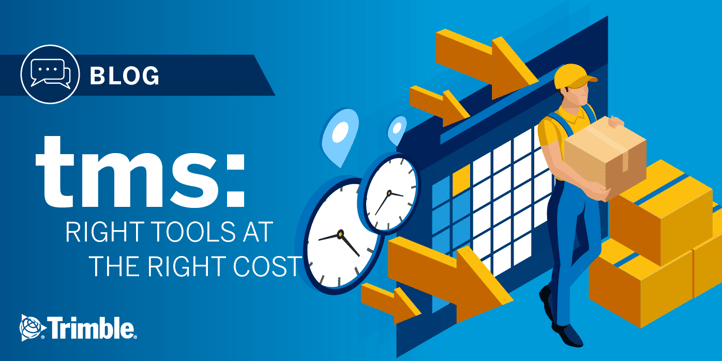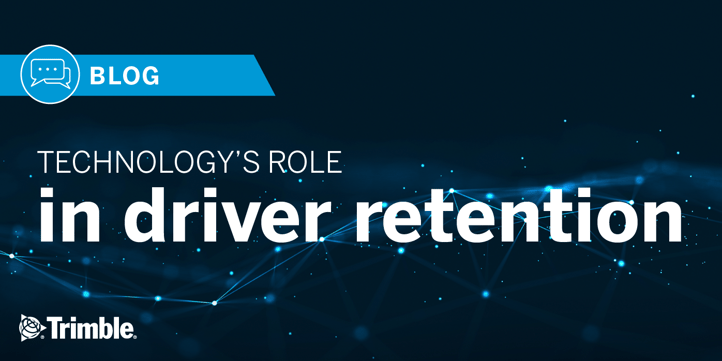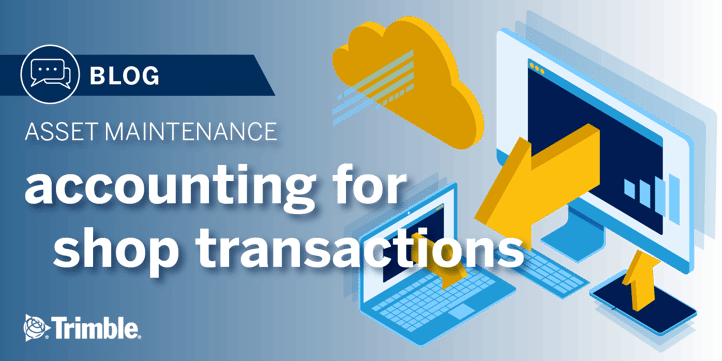Earlier this year, American Trucking Associations (ATA) President and CEO Chris Spear testified before the Senate Commerce, Science and Transportation Committee about the urgent need to address the nation’s failing infrastructure. “Truck drivers are on the front lines,” he said. “Each day, they see potholes getting deeper, bridges getting weaker.
Trimble Transportation
Recent Posts
Rocky Roads: The Real Cost of a Failing Infrastructure
FMCSA Boss Urges Carriers to Accelerate ELD Transition
The Federal Motor Carrier Safety Administration (FMCSA) is small by government standards for an agency. The FMCSA’s staff of 1,100 has jurisdiction in all 50 states for more than 500,000 carriers and motor coach companies, and for more than 4.7 million active CDL holders.
Given the scale of its operations, the agency has to find ways to be more efficient. Removing uncertainty is the best place to start. If carriers do not fully understand how to comply with a regulation, the same confusion is taking place on the enforcement side. “I don’t think that uncertainly helps either the industry or the enforcement side. It makes us less efficient. It creates more problems,” said Ray Martinez, FMCSA Administrator, during a recent conference speech.
Topics: Trucking Regulations
It is either an existential threat to the trucking industry or the biggest non-event since Geraldo Rivera cracked open Al Capone’s secret vault back in 1986.
The topic? The driver shortage, of course – an issue that has garnered countless headlines over the past several years and which some fear eventually could slow the North American economy. So, is the driver shortage ‘fake news?’ The US Bureau of Labor statistics analysis says yes; industry insiders disagree.Seven years after MAP-21 issued the requirement, the Federal Motor Carrier Safety Administration (FMCSA) is upping the standards for new drivers with a new regulation. The Entry-Level Driver Training (ELDT) final rule may help answer an important question: How can the industry bring in and retain new, quality drivers to tackle the driver shortage?
Topics: Trucking Regulations
The role of fleet maintenance has traditionally been to oversee internal shop activities with the added responsibilities of managing outsourced repair work. For an increasing number of companies, maintenance has been elevated to stand on equal footing with operations and finance to maximize revenue and cost-saving opportunities.
Topics: Fleet Management Technology, Fleet Maintenance Software, Transportation Management Software
Technology advances bringing together artificial intelligence and telematics will offer fleets predictive maintenance in the not too distant future. To start, experts now predict sensors on various truck and trailer components will upload data to the cloud, where the AI application will trigger alerts about conditions needing attention.
Topics: Transportation Technology, Transportation Management Software
Transportation Management System (TMS): Right Tools at the Right Cost
The value of a comprehensive transportation management system (TMS) is found in the efficiencies and enhanced profitability it creates for a transportation company’s operations. But unlike the immediate benefits you can see when replacing an old truck with a new, fuel-efficient model, greater efficiencies and profitability from a TMS take time to be realized.
The key to success is implementing a TMS (transportation management system) that fits your company’s needs. Special modules and applications may drive initial and ongoing costs. However, there should be no mystery about how a transportation management system is priced.
Topics: Transportation Technology, Transportation Management Software
Driver turnover rates may have stabilized according to Bob Costello, Chief Economist at American Trucking Associations, but the numbers remain high — 87% for carriers over $30 million in annual revenue, and 74% for smaller carriers.
Since turnover costs can exceed $20,000 per driver, carriers have a fiscal obligation to investigate strategies for recruiting and retaining good drivers. Technology can help improve driver retention, although a closer look at the issue shows the importance of disseminating technology in the right way to drivers.
Topics: Driver Retention
Asset Maintenance: Accounting for Shop Transactions
All transactions of a business will end up in the general ledger, eventually. What matters most is how quickly the data gets there and what remains to be completed upon its arrival. Integrating asset maintenance and accounting systems is one area of opportunity for fleets to improve back-office efficiency. Imagine, if you will, a two-step strategy for connecting asset maintenance with accounting.
Topics: Fleet Maintenance Software





